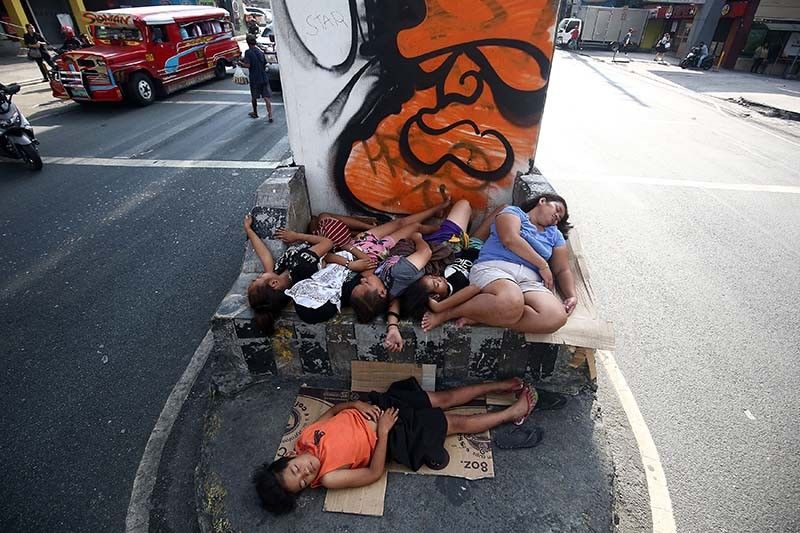Commentary: Were more Filipinos lifted from poverty?

With less than a month left before voters are set to cast their ballots, election hopefuls have intensified their campaigns.
For some candidates, this means resorting to a string of tactics, if only to secure their votes. Evidence collected by Canare, Mendoza and Lopez (2018) after the last two elections confirms the prevalence of vote buying, particularly among low-income voters. Vote buying, which comes in the form of money or goods, only reinforces the deeply entrenched patronage system that has pervaded our political landscape for decades.
If the latest poverty figures, released at the height of the campaign season, translate to more educated voters, then we may have some reason to be hopeful about the future voting population.
For the first half of 2018, the poverty incidence or the proportion of Filipinos whose incomes fell below the poverty threshold, dropped to 21%, a 6.6 percentage point decline from its 2015 figure. This means that in a three-year period, over five million individuals have been lifted from poverty. For Filipino families, the poverty incidence dipped to 16.1% from the 22.2% recorded in the same period in 2015.
According to the National Economic and Development Authority, the significant gains in poverty reduction were due to sustained economic growth, alongside critical reforms and investments, which, in turn, have translated to employment generation and social protection.
Indeed, since 2011, the country’s gross domestic product has consistently grown by at least 6% every quarter. The economic growth is also increasingly driven by capital formation or private investments, which should eventually serve as a counterweight for household consumption, traditionally the backbone of our economy. The expansion of social safety nets, such as the conditional cash transfer program, have also provided cushion for the most vulnerable groups.
While the drop in poverty figures is a welcome development, it also cast the spotlight on the low poverty threshold. Although the food and poverty thresholds have gone up by 10.9% from its 2015 level, several groups have urged the government to update the threshold to more decent standards.
For food expenditures, for example, an average of P7,337 is calculated to cover the basic food needs of a family of five. When non-food expenditures are included, this family of five would have to shell out P10,481 in a month. On average, poor families need P2,819 more to hurdle the poverty threshold.
The official poverty data, conducted by the government only every three years, should be considered in conjunction with other data sources.
The Social Weather Station’s self-rated poverty survey provides more somber results. Consistent with the official statistics, the SWS survey results show that poverty has declined during the comparable period. However, one in two Filipino families still consider themselves poor, markedly higher than what the government data reveals.
Since the survey tracks self-rated poverty quarterly, it also captures the dynamism of a multi-faceted issue. For instance, during the third quarter of 2018, the index inched higher reflecting the tougher economic conditions as a result of elevated inflation rates. By the second half of 2018, inflation for the bottom 30% peaked at 8.3%. As expected, households in this income group were more adversely affected by the higher inflation rate, which, for this cohort, is more closely correlated with the prices of food items.
Similarly, as inflation softened towards the end of 2018, due to the easing indices of food, beverages and tobacco, and fuel, light and water, the self-rated poverty index also dropped. This trend continued for the first two months of 2019.
Yet, while commodity prices have slowed month-on-month, the inflation rate for the bottom 30% still averaged at 5.4%, much higher compared to those in other income groups.
The SWS self-rated poverty survey also reports a family’s home budget. For December 2018, the poverty threshold, or the monthly home budget for families not to feel poor, ranges from P10,000 in Mindanao and Visayas to P15,000 in NCR. However, the poverty gap is significant, with their actual monthly budget at least P5,000 below the threshold.
While the gains in poverty reduction is undeniable, policy makers could perhaps examine what it means to be “officially” poor.
Weslene Uy is an economic fellow at think tank Stratbase ADR Institute, a partner of Philstar.com.
- Latest
























